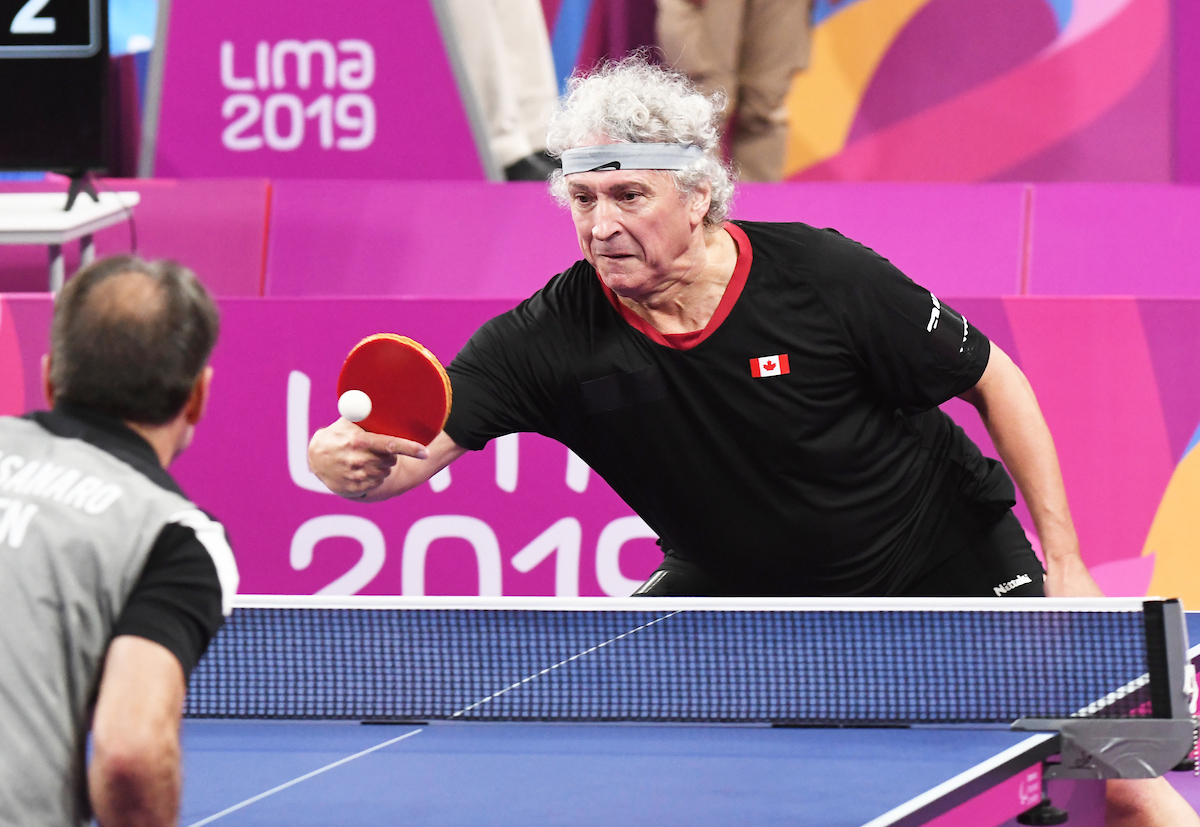
Para table tennis
Summer Sports
Para table tennis is a sport that can be played standing or sitting. There are 11 competitive classes with classes 1-5 for wheelchair players and 6-10 for those who play standing. Class 11 is for players with an intellectual impairment.
A match is a best of five sets, with each set won by the first player to reach 11 points. A two-point winning margin is required to win each set. The server changes every two points. Competitions take the form of preliminary rounds followed by knockout stages.
Table tennis appeared at the first Games in Rome in 1960, making it one of the original Paralympic sports. It was originally only open to wheelchair users; standing players were added in 1976, and athletes with cerebral palsy joined in 1980.
Canada has won eleven medals in Paralympic Games competition.
The governing body for table tennis is the International Table Tennis Federation. The National Sport Federation is Table Tennis Canada.
Athletes from all disability groups, except blindness or visual impairment, can compete in table tennis. There are standing and sitting classes.
Table tennis athletes with a disability are classified into classes from TT1 to TT10, which are based on ability (functional classification). Classes 1 to 5 are for athletes competing in wheelchairs, classes 6 to 10 compete standing, while class 11 is for athletes with an intellectual disability.
The sport is open to athletes with upper and lower limb paralysis, cerebral palsy, amputees and other physical disabilities like multiple sclerosis and muscular dystrophy. Athletes compete in classes according to their functional ability.
Classification is conducted once the athlete’s range of movement, muscle strength, loco-motor restrictions, balance in the wheelchair and ability to handle the racket, has been assessed.